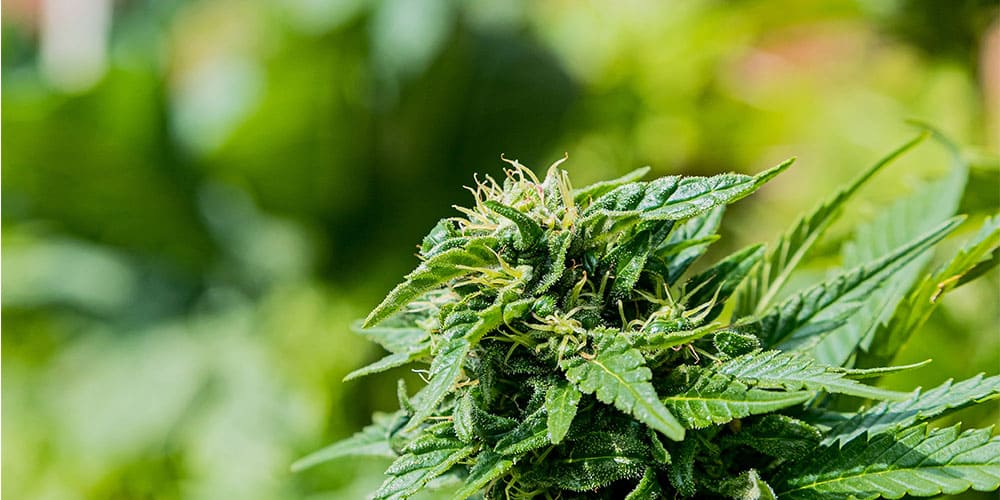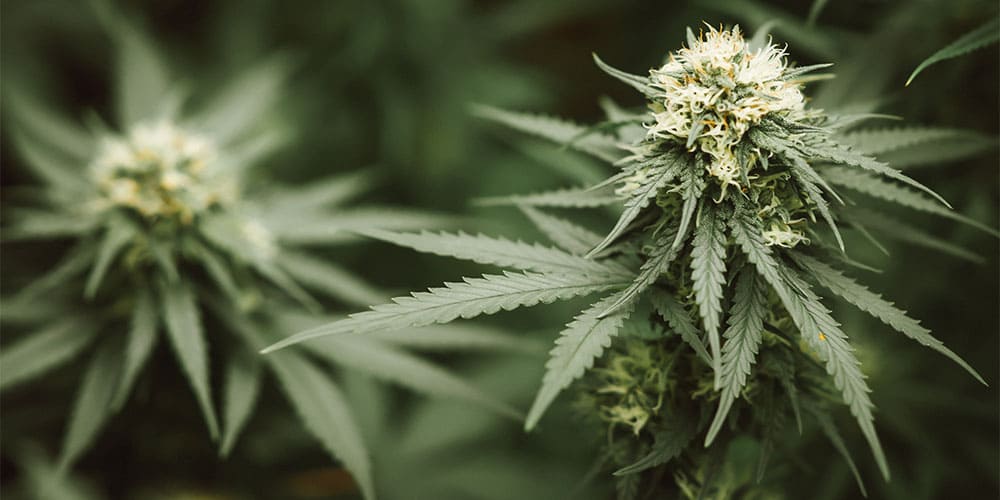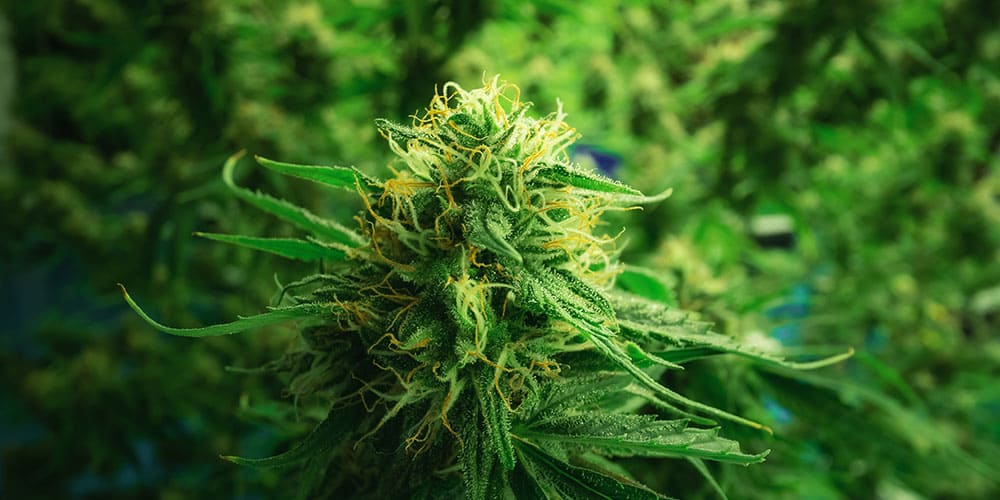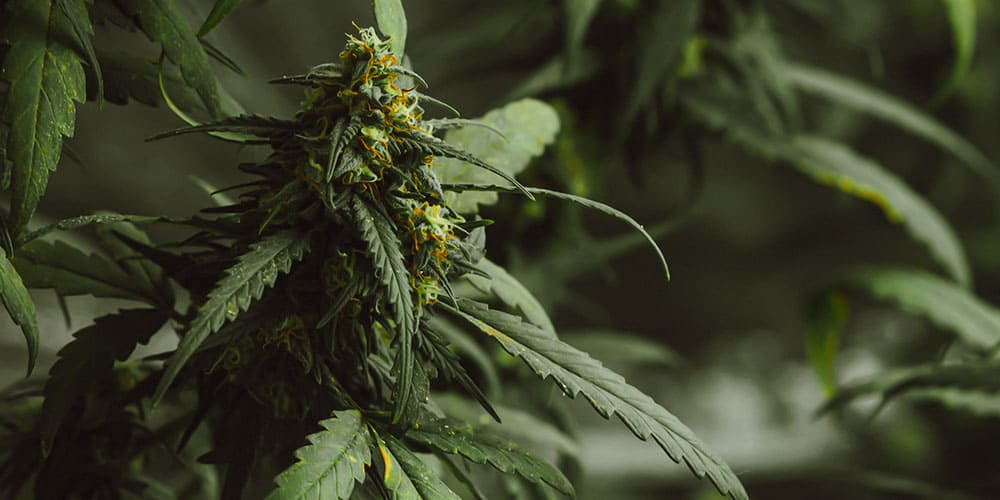How to Identify Mature Cannabis Plants: A Comprehensive Guide

In the world of cannabis cultivation, learning how to identify mature cannabis plants is a crucial skill for every grower, enthusiast, and industry professional. As the legal cannabis market continues to expand globally, understanding the subtleties of plant maturity is vital for ensuring quality, potency, and compliance. This comprehensive guide explores the art and science of recognizing mature cannabis plants, providing valuable insights and expert advice to help you navigate this complex process.
- How to Grow Weed Plants?
- Ditch Weed vs. Cultivated Cannabis
- What Causes the Various Colors in Cannabis?
The Importance of Identifying Mature Cannabis

Identifying when a cannabis plant has reached full maturity is pivotal for maximizing its medicinal and recreational value. Mature cannabis has developed its full spectrum of cannabinoids and terpenes, essential for desired therapeutic effects and aromatic profiles. Timing the harvest to coincide with peak maturity ensures that the chemical constituents are at their most potent and effective, providing users with the best possible experience.
Moreover, the identification of mature plants affects the entire cultivation cycle, impacting everything from the timing of the harvest to the efficiency of processing and the quality of the final product. Cultivators who can accurately gauge plant maturity can better manage their resources, reducing waste and increasing yield, making their operations more sustainable and profitable.
Lastly, understanding maturity is crucial in breeding programs. Breeders rely on mature plants to provide accurate data on traits such as yield, potency, and resistance to pests and diseases. This information is vital for developing new strains and ensuring genetic diversity and health within cannabis cultivation.
Indulge in the delightful fusion of Poplato 2 Mini Joint Infused, where sweet creaminess meets subtle fruity notes for a taste experience unlike any other. Each mini joint is infused, enhancing the rich and enticing aroma of sweet berries followed by a luscious creamy finish.
Visual Indicators

One of the most reliable methods to determine the maturity of a cannabis plant is through visual inspection. As cannabis reaches its peak, several key changes are observable:
- Trichome Color and Clarity: Trichomes are the tiny, crystal-like structures that cover the buds and leaves of the cannabis plant. Under magnification, mature trichomes shift from clear to a milky white or amber color. This change indicates peak levels of THC, CBD, and other cannabinoids.
- Pistil Transformation: Cannabis flowers feature hair-like structures called pistils. In the maturation phase, these pistils transform from white or green to orange, red, or brown. A high percentage of darkened pistils (around 70-90%) typically signifies maturity.
Tactile and Aromatic Changes

Beyond visual cues, mature cannabis plants undergo noticeable changes in texture and scent:
- Bud Density: As plants mature, their buds become denser and stickier to the touch, a sign that trichomes are fully developed.
- Enhanced Aroma: Mature cannabis plants emit a stronger, more complex aroma due to increased terpene production. This intensified smell is a good indicator that the plant is approaching or has reached full maturity.
Embark on a serene journey with the Northern Lights 1g APE & Hi! Live Resin Disposable, a tribute to one of the most iconic strains known for its profound tranquility. Northern Lights captivates with a sweet and spicy aroma, a sensory embrace that leads to ultimate relaxation.
Timing and Strain Variability

The timing of cannabis maturity is not uniform but varies significantly across different strains. Indica strains, for example, usually mature faster, taking about 8 to 9 weeks to flower, whereas Sativa strains might need anywhere from 10 to 12 weeks. Knowing the specific growth patterns and cycle durations of each strain is crucial for optimal cultivation and harvest planning.
Hybrid strains present a unique challenge as their flowering times can fall anywhere between their Indica and Sativa lineage, necessitating a more nuanced approach to identify maturity. Growers need to adapt their observations for trichome development and pistil changes based on the dominant traits of the hybrid.
Environmental factors also play a significant role in the variability of timing. Light, temperature, nutrition, and even the plant’s growing medium can accelerate or delay maturation. Successful growers learn to read these external conditions alongside plant-specific indicators to fine-tune their harvest times.
Advanced Techniques for Accuracy

For those seeking precision in identifying mature cannabis plants, several advanced techniques can be employed:
- Microscopic Examination: Using a jeweler’s loupe or a digital microscope to examine trichome color and clarity is the gold standard for determining the exact right moment to harvest.
- Chemical Analysis: More accessible to professionals than hobbyists, chemical analysis can quantify cannabinoid levels, offering definitive proof of maturity.
Ignite creativity with Tiger Runtz 2 Mini Joint Infused, a blend that bursts with sweet, fruity flavors for a lively sensory adventure. The aroma, a tropical fruit medley, sets the stage for an experience filled with euphoric uplift and creative spark.
Ethical and Legal Considerations

Navigating the ethical and legal landscapes is a significant part of cannabis cultivation. Compliance with local, state, or national regulations is fundamental, as these laws dictate not only when and how cannabis can be harvested but also how it can be processed, distributed, and sold. Cultivators must stay informed about the latest legislation to avoid legal repercussions and ensure their business operations are fully legitimate.
Beyond legal compliance, ethical cultivation practices are crucial. This includes using sustainable growing methods, ensuring fair labor practices, and minimizing environmental impact. As the cannabis industry grows, it bears a greater responsibility to lead in sustainability and ethical business practices, setting a standard for agriculture and influencing wider societal norms.
Cultivators who prioritize these aspects are often rewarded not just with a better public image, but also with loyal customers who value ethical responsibility, contributing to a sustainable, long-term business model.
Harvesting at the Peak of Perfection

The process of identifying mature cannabis plants culminates in the art of harvesting at the peak of perfection. This critical phase in cultivation demands attention to detail, patience, and a deep understanding of the plant’s lifecycle. By mastering the indicators of maturity, cultivators can ensure that each harvest brings out the best in their plants, maximizing both potency and flavor.
Achieving perfection in harvest is a dynamic challenge, involving continuous learning and adaptation. Each plant, each strain, and each growing condition presents a unique scenario, demanding bespoke strategies for identification and harvest.
As each grower refines their technique and deepens their understanding, they contribute not only to their own success but also to the broader knowledge base of the cannabis community. Embracing both the science and the art of cannabis cultivation leads to products that truly embody the peak of perfection, delighting users and advancing the industry as a whole.















